The lamb
Whether it is from salt meadows, tender or from the Hauts Pays, lamb has imposed itself as the standard of our region.
Salt-meadow lamb, sheep/20
In the Somme bay, there is a transhumance that does not lack salt. At the return of the beautiful days, thousands of lambs accompanied by their mothers leave their sheepfold. Direction ? The appetizing mollières. These typical pasture areas covered by the sea according to the tides provide them with a rich diet of halophilic plants composed mainly of puccinellae, saltwort and obiones.
Guided by shepherds and their faithful border collies, the future salt meadow lambs graze until November in these 1,200 hectares of foreshore pasture between Saint-Valéry-sur-Somme and Le Crotoy. In our region, the pastoral tradition goes back to the 15th century but it was not until 2007 that this very marbled meat with a little taste of hazelnut – and not of salt ! – to obtain the Appellation d’Origine Contrôlée. And seven more to obtain the Protected Designation of Origin.
Label rouge and Agn’Hauts Pays
Bunch of clovers, dandelions and field flowers. What a treat. Especially if you supplement it with a grain-soy blend. In the region, the Tender lamb Label rouge is a lucky little thing. After birth and even… before ! The quality of the milk he will ingest during the first days owes a lot to the diet of his mother ewe. A diet composed of grass rich in common vetch, sunflower or ryegrass.
In the Nord and Pas-de-Calais since 1999, another lamb has been favored by breeders : the Agn’Hauts Pays. Just like its cousins of salt meadows and Tender lamb, the Agn’Hauts Pays is characterized by its outstanding gustatory qualities. Everything it eats (cereals, vegetable proteins) comes from the farm and it is sold exclusively in traditional delicatessens.





